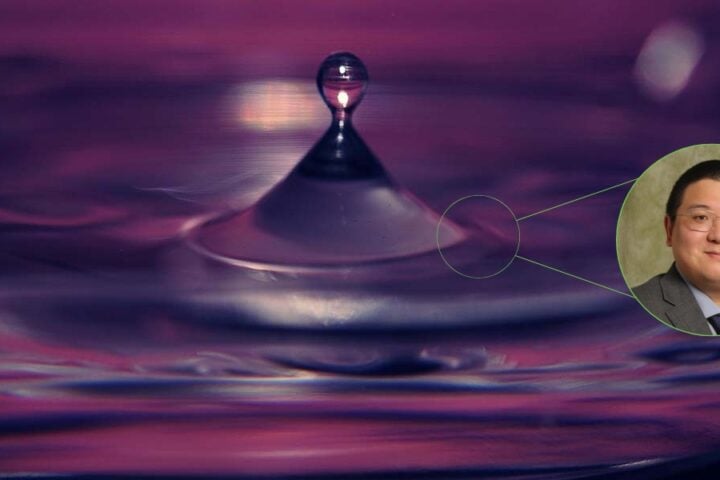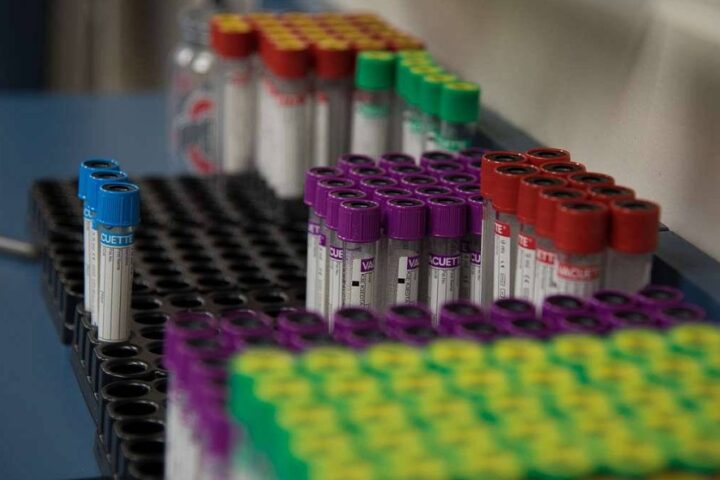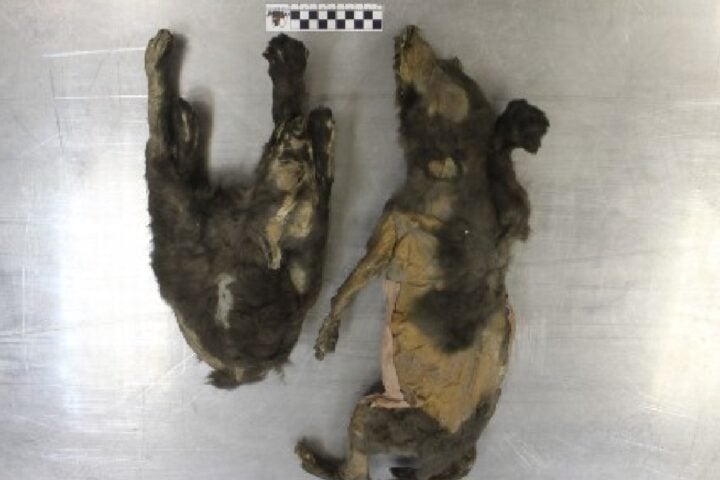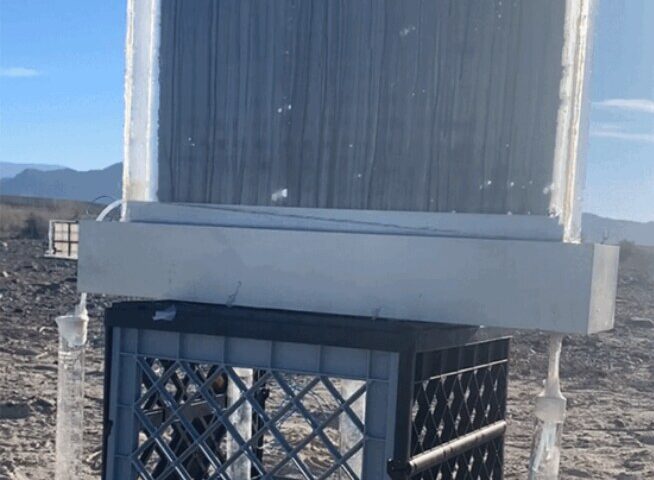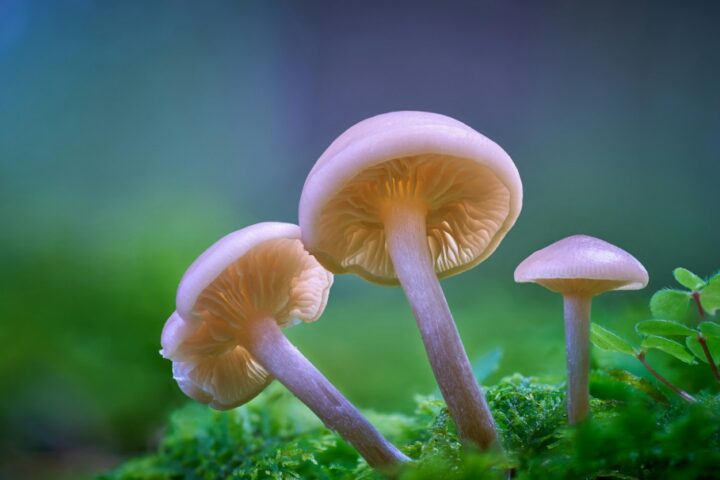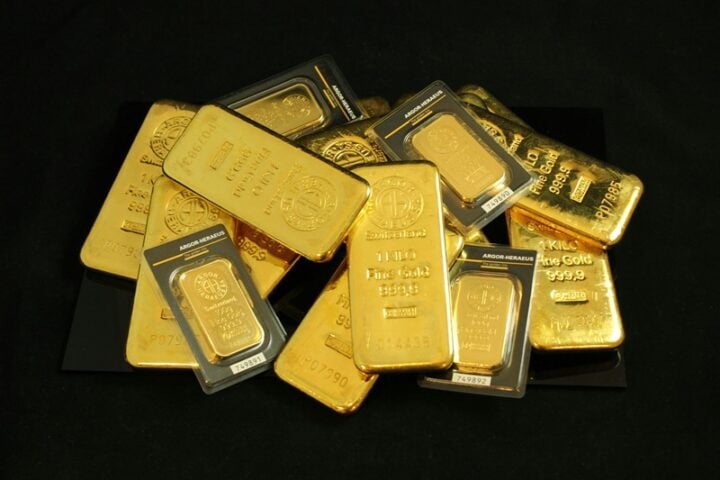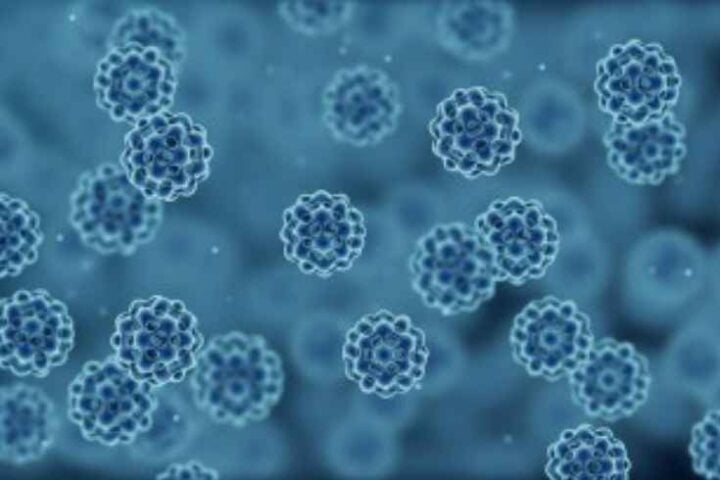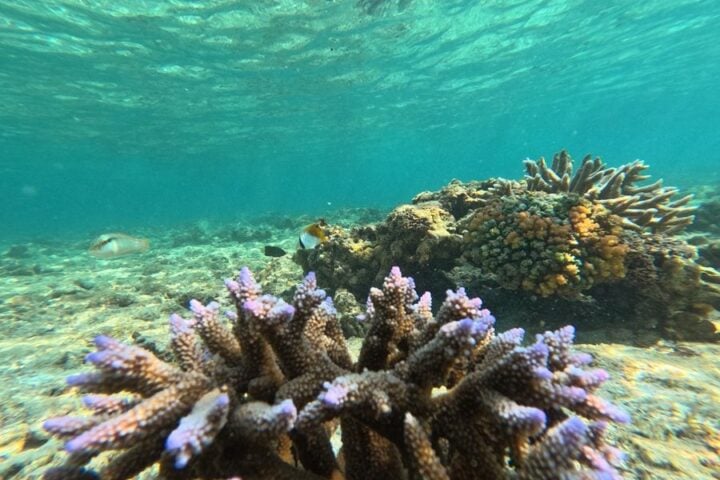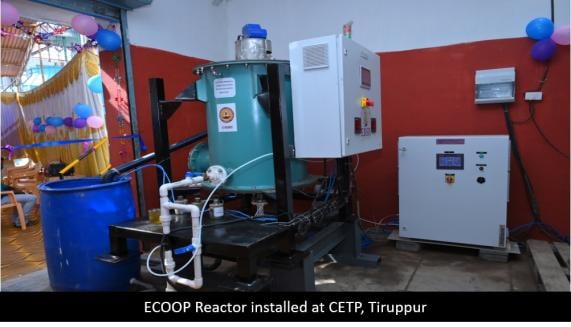In a serendipitous moment, researchers from Stanford University, the University of California, Berkeley, and McGill University, led by the astute Hemamala Karunadasa, stumbled upon a new crystalline marvel, a halide perovskite, cradling a rare form of gold, Au2+, revealed to the scientific community on September 28, 2023. This isn’t just any gold; it’s a form that doesn’t quite play by nature’s usual rules, and it’s nestled within a material known for its promising future in powering our solar cells and electronic components. “It was a jaw-dropping moment, synthesizing a stable material with Au2+; I had to pinch myself!” exclaimed an exhilarated Karunadasa.
Imagine, a gold, Au2+, stable and snug in a perovskite, yet elusive in a solution, crafted not in a high-tech lab setup, but with cesium chloride, Au3+-chloride, a splash of hydrochloric acid, and a dash of vitamin C, all at room temperature! Kurt Lindquist, the study’s lead author, found himself amidst an unexpected chemical spectacle, where vitamin C, a humble kitchen staple, donated an electron to Au3+, birthing Au2+ in a surprising scientific twist.

The dark green, almost black powder, heavy with its golden cargo, isn’t just a new member of the perovskite family but a potential key to unlocking new technological realms, especially in magnetism and conductivity. “The potential applications of Au2+ perovskite have us on the edge of our seats,” shared Karunadasa, eyes gleaming with anticipation for the future explorations of this material. Published in Nature Chemistry on August 28, this discovery isn’t just a new page but a whole new chapter in chemistry, offering a material that could weave into various technological tapestries.
Similar Posts
Gold, in its celebrated yellow hue, owes its color to relativistic effects, a concept birthed from Einstein’s theory of relativity, where electrons, in a frenzied dance around the nucleus, absorb blue light, casting a yellow glow to our eyes. The story intertwines with Linus Pauling, a Nobel laureate, who, in a twist of fate, worked on gold perovskites and studied vitamin C, unknowingly connecting to this future discovery. “Pauling’s inadvertent connection to our work is something we cherish,” Karunadasa reflected, a gentle smile playing on her lips.
As the researchers, including Karunadasa and Lindquist, delve deeper, tweaking and exploring, the Au2+ perovskite stands as a beacon, not just as a scientific marvel but as a testament to collaborative efforts, unexpected discoveries, and the boundless, thrilling future of materials science. The research, a collective endeavor of various universities and funded by multiple organizations, is more than a discovery; it’s a journey into the unknown realms of perovskites, magnetism, and the enchanting world of gold in its myriad forms.
In the labs and corridors of Stanford, as researchers explore, experiment, and perhaps stumble upon more unexpected marvels, the Au2+ perovskite will shimmer, not just with its heavy gold but with the boundless possibilities it carries within its crystalline structure, ready to unfold in the spirited hands of science, technology, and the insatiable human curiosity.
